Understanding IGMP Snooping: The Basics
IGMP Snooping (Internet Group Management Protocol Snooping) is a crucial mechanism for managing multicast traffic in Layer 2 networks. Operating on switches and bridges, it monitors IGMP messages exchanged between hosts and routers to track which devices are part of specific multicast groups. Unlike traditional setups where multicast packets flood the network, IGMP Snooping forwards traffic only to ports with active group members, significantly reducing bandwidth waste and enhancing network efficiency.
How IGMP Snooping Works: A Step-by-Step Breakdown
- Listening to IGMP Messages: When a host sends an IGMP membership report to join a multicast group, the switch “snoops” on the message and records the port connected to the host.
- Building a Forwarding Table: The switch maps multicast MAC addresses to specific ports, creating a table that dictates where to send multicast traffic.
- Targeted Forwarding: Instead of broadcasting multicast packets to all ports, the switch delivers them only to ports associated with the group, minimizing unnecessary traffic.
Example: In a corporate network, if only 10 devices subscribe to a video conference multicast stream, IGMP Snooping ensures the stream reaches only those 10 ports—no more broadcast storms.
Key Differences Between IGMP Versions (v1, v2, v3)
| Feature | IGMPv1 | IGMPv2 | IGMPv3 |
|---|---|---|---|
| Query Mechanism | General queries only | General + specific | General, specific, and source-specific |
| Leaving Groups | No explicit leave message | Explicit leave message | Leave via report messages |
| Source Filtering | No support | No support | Supports filtering by source address |
| Multicast Models | ASM (needs SSM Mapping) | ASM (needs SSM Mapping) | ASM and SSM natively |
- IGMPv1: Simplest version, lacks leave messages and specific group queries.
- IGMPv2: Adds leave messages and specific group queries for faster group membership updates.
- IGMPv3: Advanced feature—lets hosts specify both group and source addresses, ideal for secure multicast environments.
IGMP Snooping vs. IGMP Proxy: Core Distinctions
| Aspect | IGMP Snooping | IGMP Proxy |
|---|---|---|
| Deployment Layer | Layer 2 switches | Edge devices (Layer 2/3) |
| Function | Monitors IGMP messages to forward traffic | Acts as intermediary between hosts and routers |
| Message Handling | Passively listens and builds tables | Modifies/filters messages (e.g., blocks unauthorized groups) |
| Security | Reduces bandwidth waste | Hides internal topology, enforces access policies |
| Performance Impact | Low (minimal processing) | Slight latency due to message processing |
Use Case: An ISP might deploy IGMP Proxy at the network edge to control multicast TV streams, blocking unauthorized subscribers, while using IGMP Snooping within the local network to optimize traffic delivery.
Why IGMP Snooping Matters for Modern Networks
- Bandwidth Optimization: Crucial for networks handling high-volume multicast traffic (e.g., video streaming, VoIP, IoT updates).
- Security Enhancement: Prevents multicast eavesdropping by limiting traffic to authorized ports.
- Scalability: Enables networks to support more multicast applications without performance degradation.
- Cost Efficiency: Reduces bandwidth costs by eliminating unnecessary traffic flooding.
Implementing IGMP Snooping: Best Practices
- Enable on all Layer 2 switches in multicast-enabled VLANs.
- Configure router ports to ensure switches recognize upstream routers.
- Set aging timers appropriately (default: 260 seconds) to refresh memberships.
- Monitor table size to avoid resource exhaustion in large networks.
Conclusion
IGMP Snooping is a foundational technology for modern networks, bridging the gap between Layer 2 switching and Layer 3 multicast routing. By intelligently directing multicast traffic, it balances efficiency, security, and scalability—essential for everything from corporate video conferencing to streaming services. Whether paired with IGMPv3 for precise source control or deployed alongside IGMP Proxy for edge security, understanding its capabilities ensures your network operates at peak performance.





















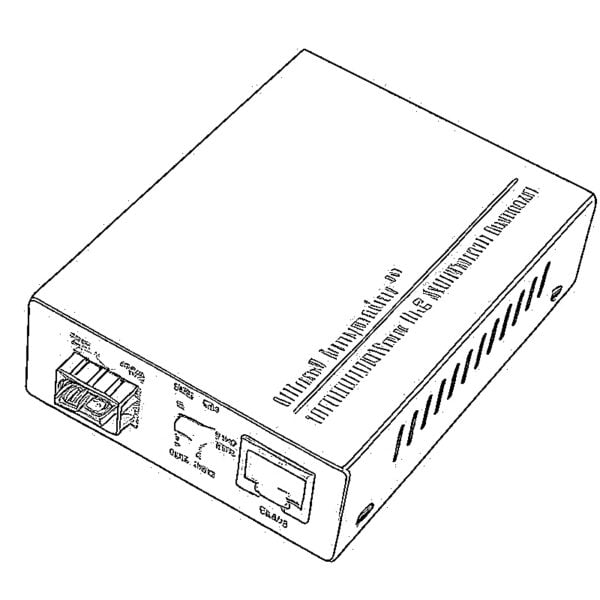
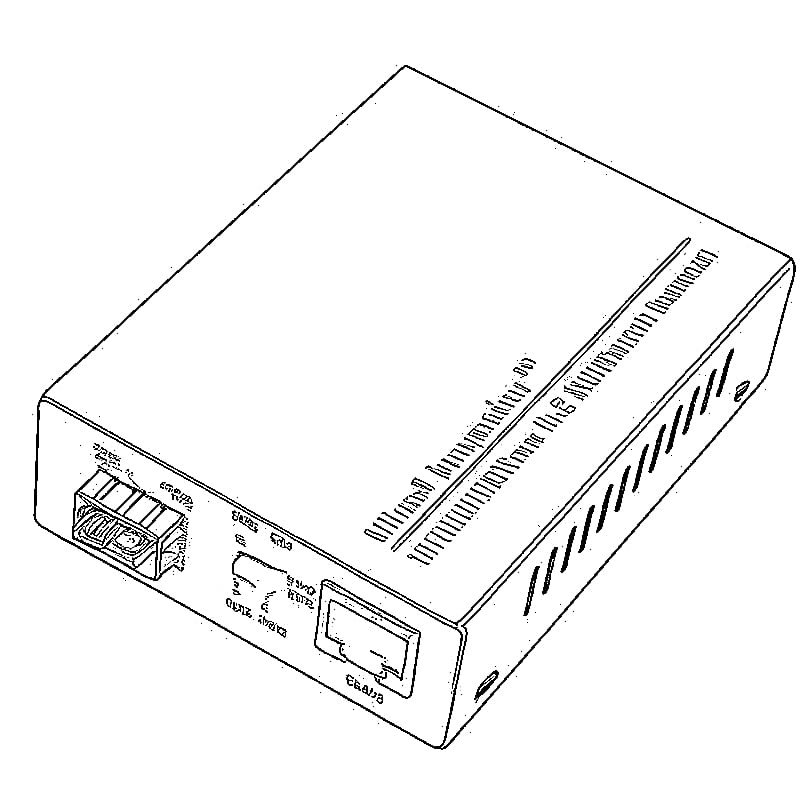


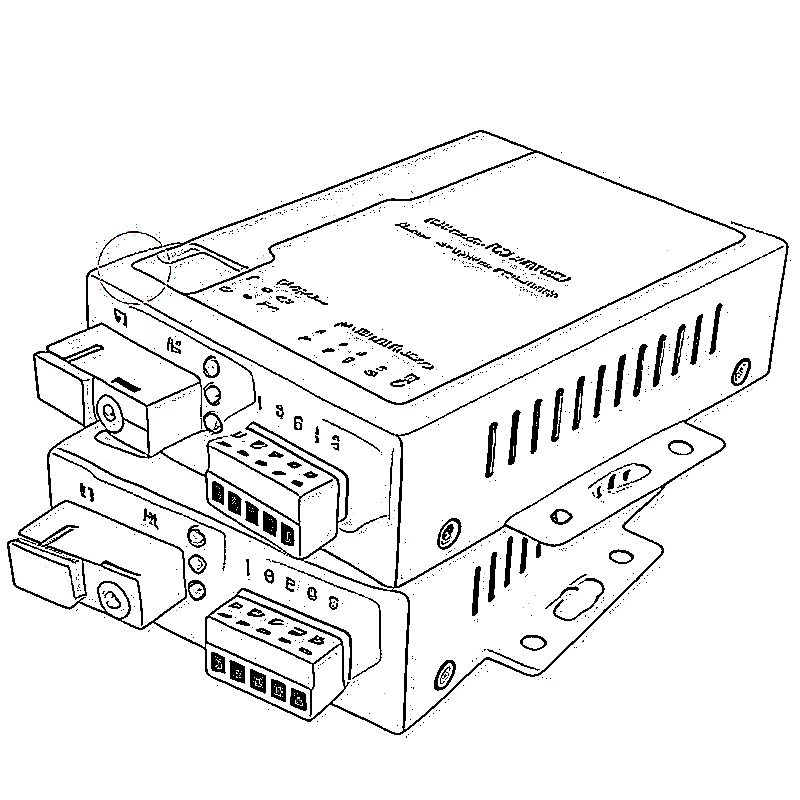




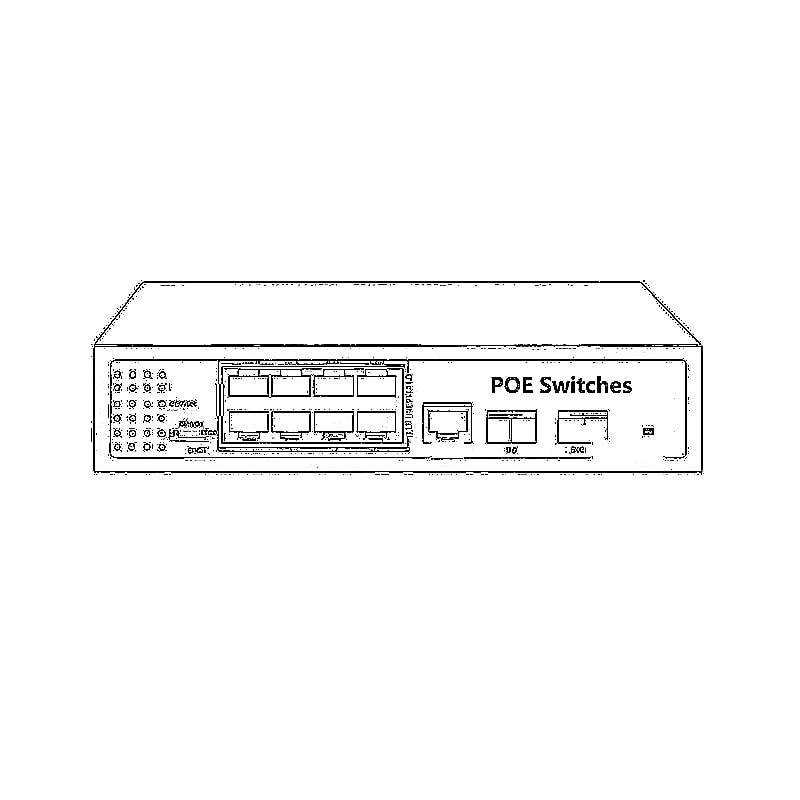
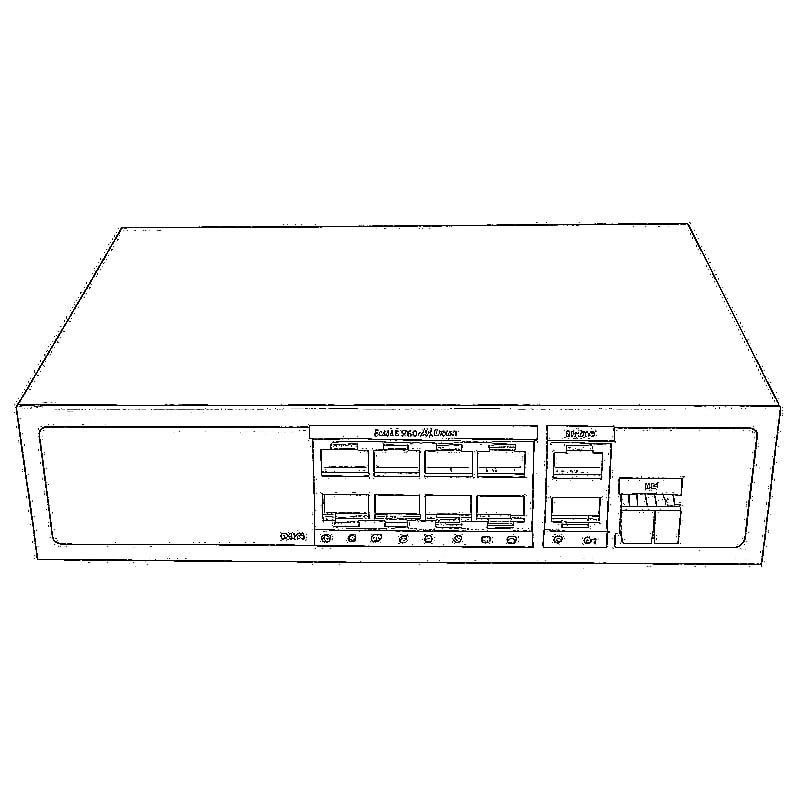























 SFP/SFP+ (1G/2.5G/5G/10G)
SFP/SFP+ (1G/2.5G/5G/10G) SFP-T (1G/2.5G/10G)
SFP-T (1G/2.5G/10G) AOC Cable 10G/25G/40G/100G
AOC Cable 10G/25G/40G/100G DAC Cable 10G/25G/40G/100G
DAC Cable 10G/25G/40G/100G QSFP28 QSFP+ SFP28 100G/40G/25G
QSFP28 QSFP+ SFP28 100G/40G/25G Copper to Fiber Media Converters
Copper to Fiber Media Converters Fiber Media Converter PCBA Board
Fiber Media Converter PCBA Board OEO Fiber Media Converters
OEO Fiber Media Converters Serial to Fiber Media Converters
Serial to Fiber Media Converters Video to Fiber Media Converters
Video to Fiber Media Converters 1000M GPON/EPON ONU
1000M GPON/EPON ONU 10G EPON ONU/XG-PON/XGS-PON
10G EPON ONU/XG-PON/XGS-PON 2.5G GPON/XPON STICK SFP ONU
2.5G GPON/XPON STICK SFP ONU POE GPON/EPON ONU
POE GPON/EPON ONU Wireless GPON/EPON ONT
Wireless GPON/EPON ONT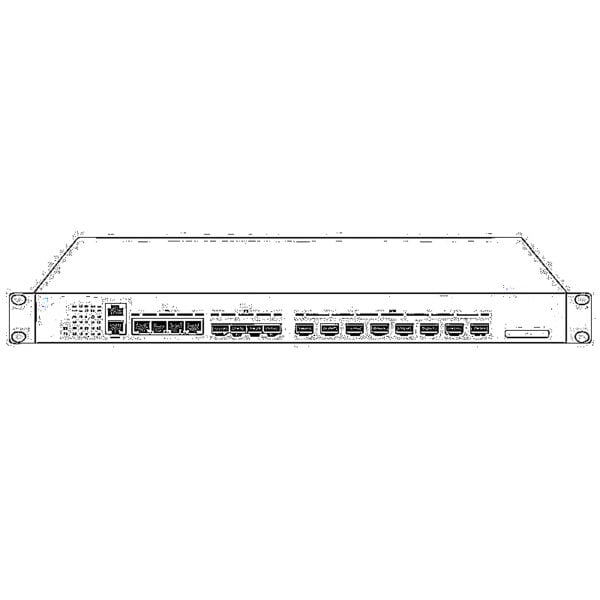 EPON OLT
EPON OLT GPON OLT
GPON OLT SFP PON Module
SFP PON Module Industrial Switches
Industrial Switches Managed Switches
Managed Switches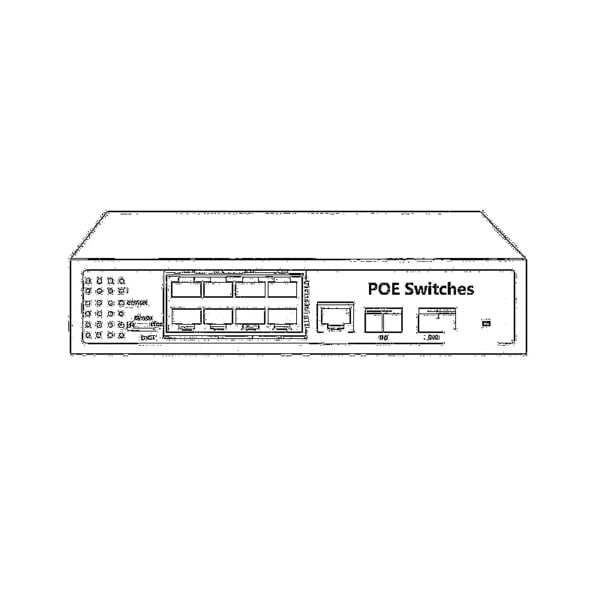 POE Switches
POE Switches Unmanaged Switches
Unmanaged Switches MTP/MPO Fiber Cables
MTP/MPO Fiber Cables Fiber Optic Cassettes
Fiber Optic Cassettes Fiber Optic Loopback
Fiber Optic Loopback Optic Cables and Fiber Pigtails
Optic Cables and Fiber Pigtails Optical Splitters and Splitter Box
Optical Splitters and Splitter Box Fiber Flange Connectors
Fiber Flange Connectors Optical Adapters
Optical Adapters Optical Attenuator
Optical Attenuator Quick Connector and Connector Panel
Quick Connector and Connector Panel CATV Amplifier
CATV Amplifier CATV Optical Receiver
CATV Optical Receiver Visual Fault Locator
Visual Fault Locator OTDR
OTDR Optical Power Meter
Optical Power Meter Fiber Optic Identifier
Fiber Optic Identifier Fiber Optic Cleaners
Fiber Optic Cleaners Fiber Cleavers & Fiber Strippers
Fiber Cleavers & Fiber Strippers Copper Tools
Copper Tools